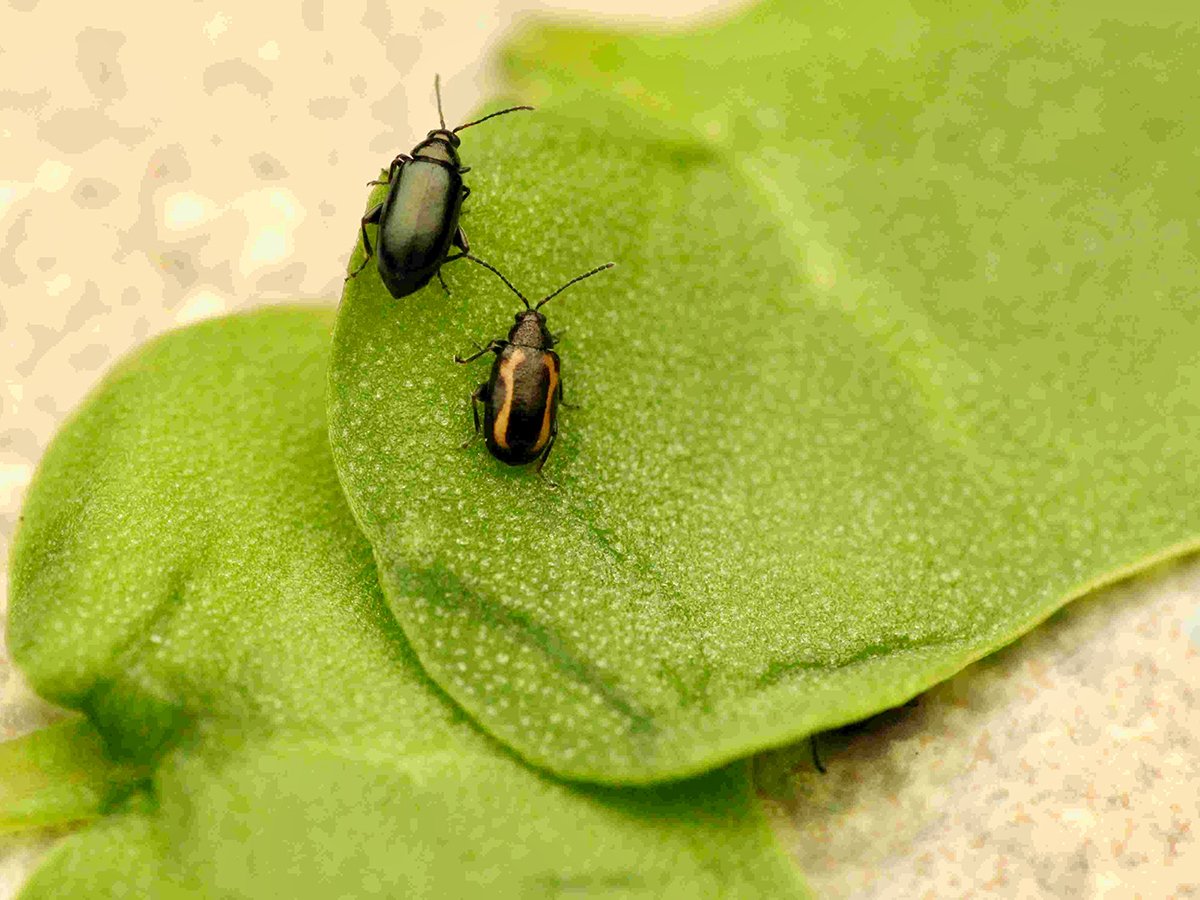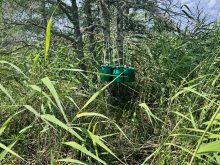Farmers urged to contribute to Ag Canada’s Agroclimate Impact Reporter survey to provide a more detailed picture
As harvest comes to a close, Agriculture Canada is encouraging farmers to contribute to their Agroclimate Impact Reporter survey.
The survey is available on the federal government’s website, where farmers can join a mailing list. The information is expected to be mapped and published on the government’s Drought Watch website.
When monitoring weather systems, precipitation and temperature trends, Trevor Hadwen, agroclimate specialist with Ag Canada, knows these numbers don’t tell the whole story of farming failures or successes.
Read Also

Research looks to control flea beetles with RNAi
A Vancouver agri-tech company wants to give canola growers another weapon in the never-ending battle against flea beetles.
He wants to know how farmers are being affected by weather events, especially with climate change becoming more important.
“Environment can be complicated, especially with summer thunderstorms. We’re seeing a patchwork of impacts out there and some areas are doing really well, some areas are doing really poor. Even in those really poor areas, there’s some producers that do a little bit better, a little bit worse.”
Farmers are still recovering following the 2021 drought, especially livestock producers.
Recovery time and moisture are important factors for pastureland, and with drought a concern again this year following such a severe dry period in 2021, Hadwen said it’s important they hear from farmers about how they’re affected.
“They need the moisture, and we just haven’t seen that, so they’re more vulnerable…. This year where we’re just a little bit below normal in some regions, especially in Saskatchewan, there’s dry regions, of course, but the impacts are coming up as more severe than what they would expect for that precipitation level.”
The short survey includes checkbox questions on the state of flooding, frost, heat stress and severe weather on the farm. It also includes sections where farmers can talk about the tangible impacts caused by weather events.
Even if they don’t show up on the maps they produce, Hadwen said a lot of information comes from the comments that farmers include with their survey.
“They’re certainly utilized in a lot of our information and our briefing material for our minister. It helps us make decisions on our assessments all the time. We’re very, very thankful for those comments.”
Hadwen said the survey also gives other farmers a bigger picture when making decisions and planning for the future.
“It really provides them with information about how extensive the problems are, where the problems are most significant and where they’re not…. They can see the extent of the problem and decide that maybe I’m not going to be able to source feed for my livestock, I might have to reduce my herd a little bit.”
The maps are used throughout the agriculture industry, such as by railways and input suppliers. Farmers telling their story through the survey provides decision makers with more information when directing rail cars or supplies to different areas of the country, said Hadwen.
Along with other data sets, the survey is used as a preliminary decision-making tool for government programs, such as the Livestock Tax Deferral Provision, which is run by the Canadian Revenue Agency.
James Wuite does his best to encourage Alberta producers to take part in the survey, firstly through his role as executive director of the Natural Resource Management Branch at Alberta Agriculture and Irrigation, but also through his position on the Drought and Excess Moisture Advisory Group.
Any tool producers can use to share and gain information, especially on drought or flooding in the province, is beneficial. However, he said farmers must engage with it to create the most benefit for everyone.
“If the only input they’re getting is from select areas, then it creates an inaccurate picture,” he said.
When government agencies are making early determinations, like who is eligible for the Livestock Tax Deferral Provision, “if they’re not seeing the whole picture, then their decision isn’t as well-informed as it could be,” said Wuite.
The more information they receive, the higher the quality of maps produced from the data, Hadwen said.
“Some of the point locations may not represent a large region and without the density of reporters, we end up overestimating a larger region than should be estimated,” he said.
He said the survey is anonymous and it does not collect personal or sensitive information.
The information is collected in the last weeks of the months throughout the growing season; April to October.

















